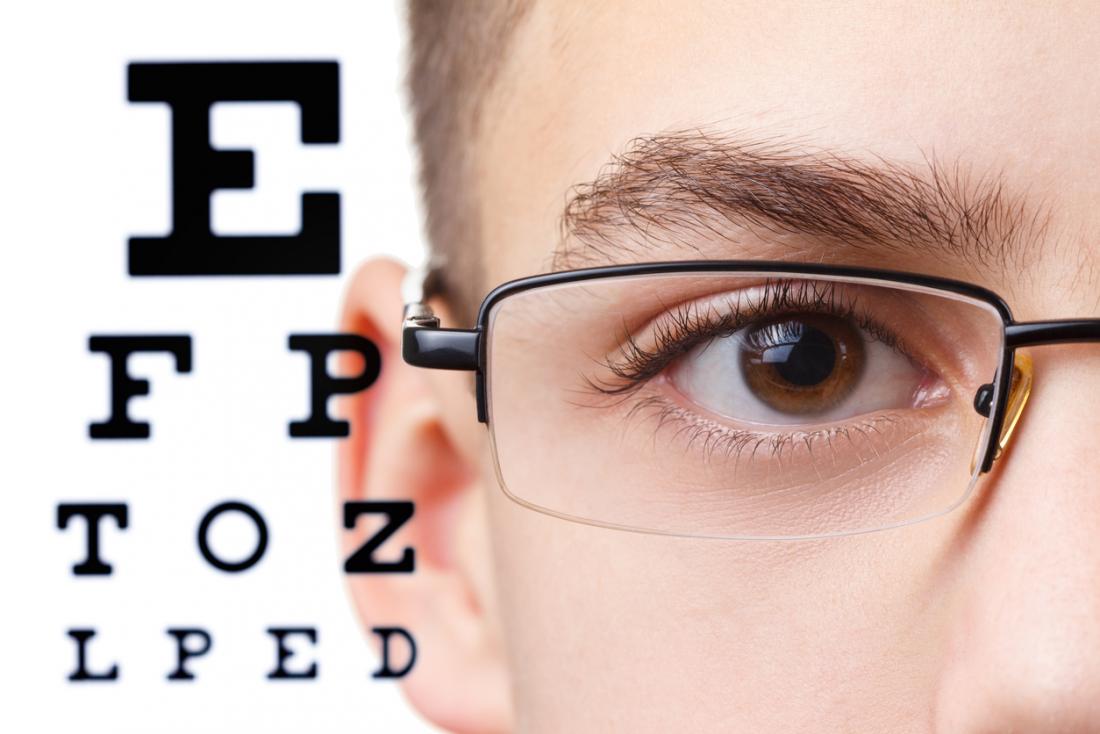For many parents, the signs of eye problems often slip under the radar, particularly during the early stages of their children’s lives. With infants spending a significant portion of their time asleep, detecting potential issues with their eyesight can be challenging. It’s not uncommon for parents to only realize their child’s visual difficulties when they’ve progressed, sometimes making intervention more complex. Recognizing the early indicators of eye problems in children is crucial for timely intervention and treatment. In this guide, we’ll highlight key signs that may signal your child’s eyesight needs attention, empowering parents to address potential issues proactively
Unsteady or crossed eyes
From the age of three months, your child should be able to focus their eyes on a moving object. It is a curious time in the mind of the child; therefore, you should notice them curiously following the object across the room. At the same time, their eyes should be aligned by the age of four months. Although at birth, the baby’s eyes may look crossed, this ought to correct itself by the time they are four months. If you notice any of these signs, see a pediatrician immediately.
Watery eyes
Sometimes, you may notice that your child appears to be crying all the time, even when they are not. While this sign may pass off undetected, it is proof that something is wrong. You may also notice that the child’s eyes are red and appear swollen. Unless something has entered your child’s eyes to cause that irritation, take them to a doctor.
Grayish or white pupil
Another common sign that your child needs to see a pediatric ophthalmologist is when the pupils appear to have a white membrane on it. In most instances, this will be followed with complaints from your child that they cannot see clearly. You will also notice them rubbing their eyes in an attempt to improve their vision. This condition is known as cataracts and is rated among the highest causes of blindness by the world Health Organization. However, the good news is that these eye problems in children can be corrected if treated early enough.
Presence of pus in the eye
This is one of the hardest signs to detect even though it is the most obvious. It can easily pass as the crusts that form on the sides of the eye when the child wakes up. Even in a semi-liquid form, you may think it’s just discharge that is common from our eyes. However, when accompanied by pain or itchiness, it is abnormal. You must be keen among children who can speak and listen to complaints of uneasiness or dizziness. Some may appear disinterested in reading and say that their eyes hurt when they read. Take any such reports seriously.
The key to uncovering eye problems in children majorly lies in observation and paying attention to their complaints. Even when you think they are making comments as an excuse, follow it up with the doctor just to be sure. It is better to be safe than sorry. If you are convinced that something is wrong, you can visit specialists like the Guy’s and St. Thomas’ Healthcare to rectify your child’s eye problem.








